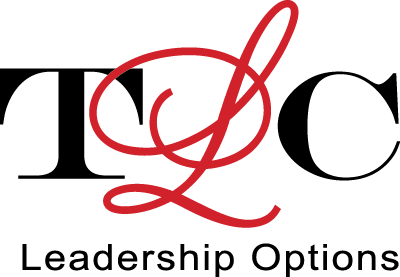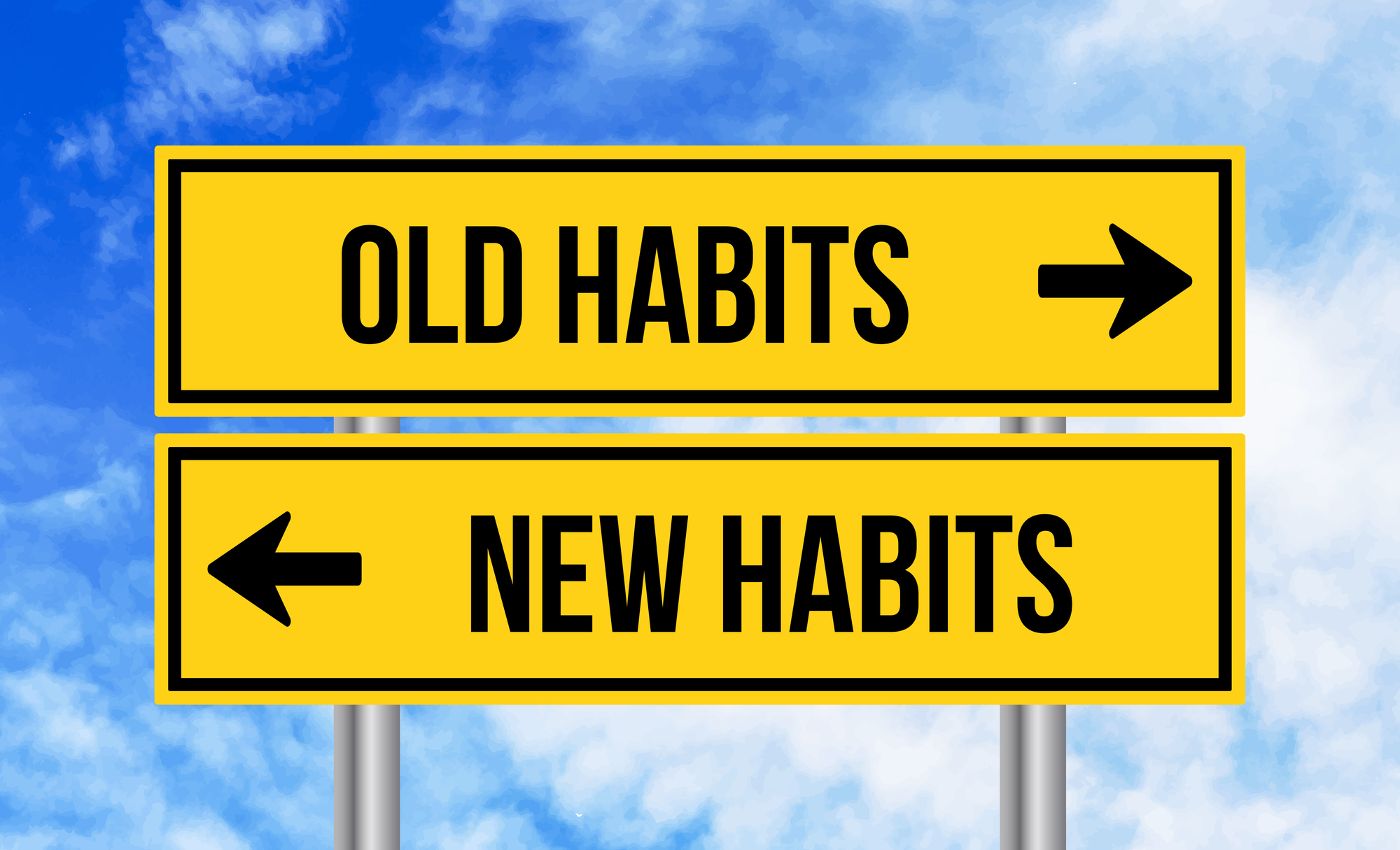So, you have heard about the Hogan Assessment, but are unsure of how it can really benefit you. Let us discuss some examples of the information you can learn and how it applies to your development as a leader. It is important to remember that the Hogan Assessment will reflect how you will seem to others (your reputation), based on your answers to the assessment. I will discuss each of the report sections below, with examples from two of the scales. The scale measurement is from 0 to 100 points.
Key Scales on the Potential Report
As described in the previous article, the Potential Report describes your everyday leadership style and competencies. The first scale on the report is called Adjustment and it refers to the degree to which a person appears calm and even-tempered or conversely, moody and volatile (on a 0 – 100 scale). An individual with a low score on adjustment may be particularly susceptible to stress and irritability in times of change or increased workload. This can evidence as being critical, intense, or demanding. One of my past coachees had not recognized this tendency in himself but he had noticed that his people were avoiding him at the time. The recognition that the stress was affecting his mood, which in turn affected his treatment of others, allowed him to acknowledge the behavior and change it, using feedback and practice.
Interpersonal sensitivity is another key scale. It refers to social skill, tact, and perceptiveness of others’ emotions. Many analytical, logic-driven businesspeople tend to overlook the need to be sensitive to other’s feelings (see our Case Study Blog). Individuals with a low score on Interpersonal Sensitivity are straightforward but may say things that are offensive, without realizing it. Their rationale is, “if it doesn’t offend me, it shouldn’t offend you.” Being perceptive and sensitive to others is a critical leadership trait, and insensitivity to others (See our blog “Dear CEO”) is a frequent cause of leadership failure. I have found this to be eye-opening to many leaders who struggle to motivate their teams.
Representative Scales on the Challenge Report
The Challenge Report predicts potentially career-derailing behaviors that may crop up when an individual is feeling under pressure or stressed. The Cautious scale refers to being overly worried about being criticized. Thus, the person with a high score on Cautious will make only low-risk decisions or may be slow to make decisions. The overly cautious individual does not like to make mistakes and may be too critical or a perfectionist when it comes to the work of team members. This fear of being wrong can result in failure to delegate work or micro-managing. A high score on Cautious can be used to open a discussion on the emotions behind fear of risk-taking. Business leaders today need to be agile and take calculated risks.
Skeptical is another interesting scale. A highly skeptical individual expects to be disappointed and presents a cynical face to the world. They can be critical, defensive, and suspicious of others’ intentions. While shrewd and perceptive, they tend to be hard to work with because they trust few people. I have seen this response from long-time employees who feel the corporation has not been supportive of their careers. I have also seen it from individuals with past life traumas that resulted in generalized mistrust. It can be useful for such an individual to recognize how their behavior prevents them from building healthy relationships with colleagues or team members. If you have a high score on both Cautious and Skeptical, your behavior is characterized as “moving away” from others. This is troublesome since building effective relationships is key to leadership success.
The Value of the Values Report
The third section of the Hogan Lead report is the Motives, Values, & Preferences Inventory or Values Report. It identifies a person’s core values and the type of work culture in which they will thrive. This report differs from the other two in that it is interpreted directly from your answers. In other words, it is based on your identity. High scores indicate core business drivers. Hedonism is a scale that represents how well you balance business with pleasure. An individual that scores low will likely be described as “all work and no play.” As a manager, such an individual may expect everyone to work long hours and be available 24-7. Because they do this, they expect it of others. For individuals with a more balanced score such an environment will be draining. On the other hand, I have coached individuals with high scores on Hedonism, which can result in behaviors such as seeking out travel or only wanting to do the “fun” assignments and avoidance of more mundane work. Recognizing where you fall on this scale can help with career choices.
Altruistic is another valuable scale. This represents a desire to serve others or improve society. If a company or organization does not have products or services that fulfill this need, the altruistic individual may feel that the work is unfulfilling or even in conflict with their values. One way to bridge the gap is volunteerism. Many organizations now encourage employee volunteerism, perhaps in recognition of the desire to give back. Many individuals with high Altruism work in the “caring” industries such as health care, pharmaceuticals, non-profits, or teaching.
The Impact of 360° Feedback without the Challenges
My intent is to give you a taste of what you can learn about yourself from completing the Hogan Assessment and having the support of someone certified to interpret it for you. The detail is rich and can be applied immediately to development planning activities. In a situation where it is not viable to gather 360° feedback information, the Hogan can be used to understand how other people see us (reputation). It is another form of personal feedback and I have worked with many coachees who found it immensely powerful and enlightening.





